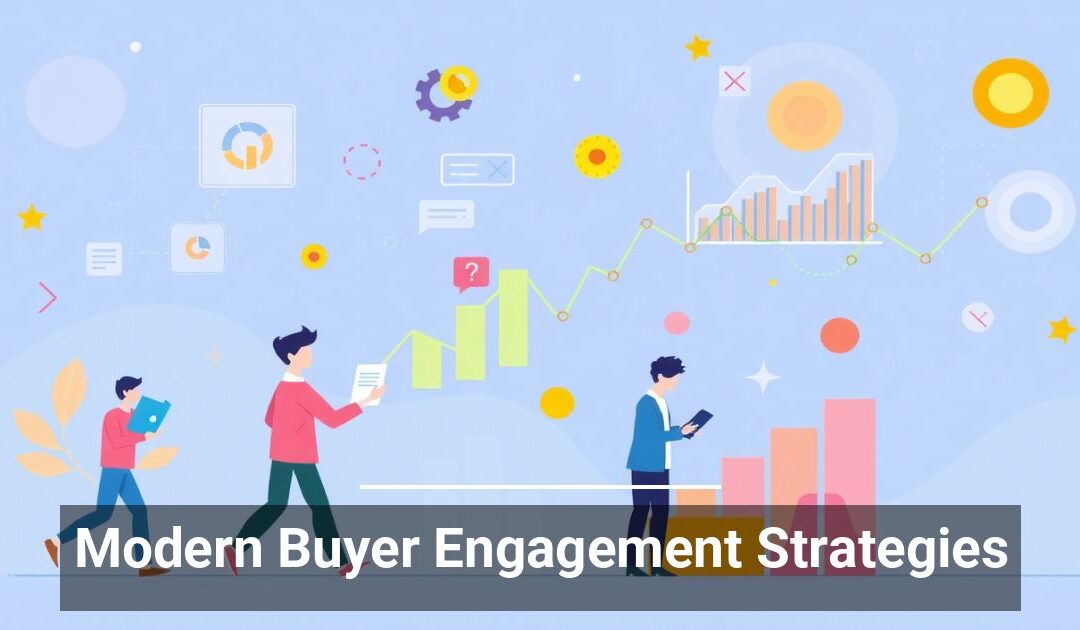 Knowing what your customers need and want is the foundation of all winning marketing campaigns. Without a solid understanding of their pain points and preferences, it’s virtually impossible to successfully engage buyers and turn prospects into customers.
Knowing what your customers need and want is the foundation of all winning marketing campaigns. Without a solid understanding of their pain points and preferences, it’s virtually impossible to successfully engage buyers and turn prospects into customers.
To remain competitive, B2B marketers must keep up with the changing landscape of customer expectations and embrace modern buyer engagement strategies. In the words of Bob Dylan, “The times are changing,” and you can no longer rely on the same B2B tech marketing tactics and techniques that worked in the past.
With that in mind, let’s look at three key marketing trends driving modern campaigns and buyer engagement strategies that should inform your outreach to your target audience.
Artificial Intelligence
AI algorithms grow more sophisticated daily, revolutionizing how B2B companies create content and engage with audiences online.
Conversational AI capabilities present many opportunities for your company to reach customers and create immediate, personalized, and valuable experiences. For example, you can leverage artificial intelligence to create an information repository where customers can easily locate accurate information when needed, eliminating a bottleneck that drives them elsewhere.
In a similar vein, virtual and augmented reality tools are fast becoming useful elements of modern buyer engagement strategies. Customers don’t want just to read a landing page and fill out a form. They want to see your products in action and visualize themselves using them. AR and VR create experiences that simplify buying and bring your offerings to life.
The End of Third-Party Cookies
For many in B2B tech marketing, Google’s decision to no longer allow third-party cookies on its Chrome browser felt like a death knell for their campaigns. Without this valuable data related to buying intent signals, gauging the success of marketing efforts and targeting hit prospects is significantly more challenging.
However, the demise of third-party cookies creates an opportunity for companies to implement better, more modern buyer engagement strategies. In short, it’s time for marketers to focus on the quality rather than the quantity of buyer intent signals.
Without cookies, your marketing needs to shift toward creating more meaningful, tailored content that drives more user interactions while providing a more accurate and detailed view of where they are in the sales funnel and what they need from you to make their decision.
New Email Rules
Stricter spam and email marketing rules have B2B tech marketers rethinking their approach to email outreach. Major email platforms like Gmail and Yahoo are cracking down on spam by setting strict spam rate thresholds and requiring senders to offer a one-click unsubscribe option.
Violating provider email marketing rules can devastate your success using this tool. So, it’s critical to implement modern buyer engagement strategies into your email marketing. Everything you send must provide valuable and relevant information so users don’t mark your messages as spam. Ensuring your messages meet technical requirements and follow GDPR and opt-in rules is also imperative in this ever-changing marketing environment.


